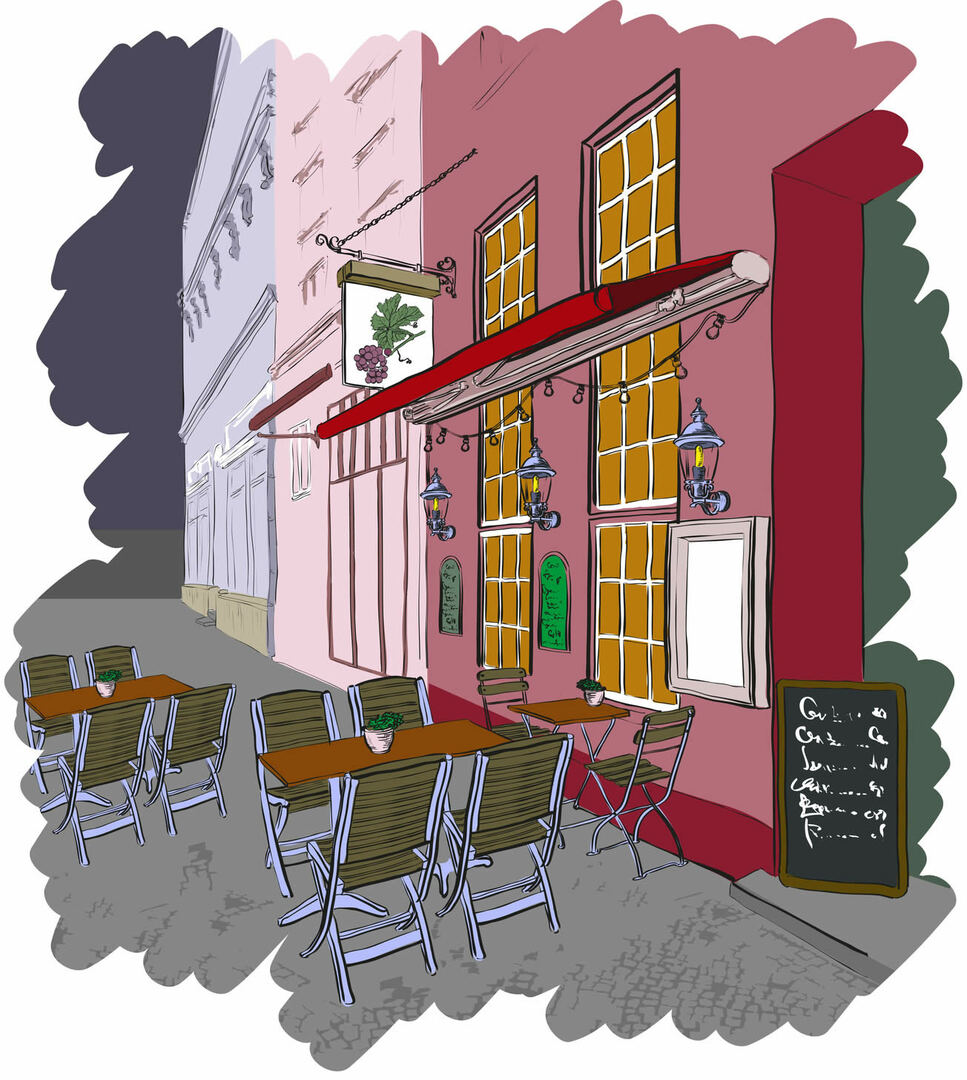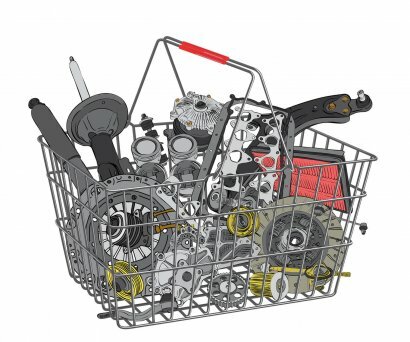Gross Domestic Product (GDP)
Finance / / July 04, 2021
The Gross Domestic Product (GDP) It is an economy concept that refers to all the wealth generated in goods and services within a country, during a specific period, generally one year.
GDP is the acronym used to refer to the Gross Domestic Product or Gross Domestic Product, which is a concept used in economics, especially in the branch called macroeconomics, which studies economic factors at the levels of countries and regions, and that is the expression in monetary values of the final products and services that are produced in a territory, during period; the most usual is that the period is one year, although quarterly and semi-annual periods are also used.
How is the Gross Domestic Product accounted for?
In a territory, be it a country, a state or a municipality, economic activities are carried out, which result in products and services. The set of all these products and services has a monetary value, which is calculated and measured during certain periods, which can be three months, six months and more commonly one year. This monetary value is GDP. Municipal GDP, state or provincial GDP, regional GDP, and national GDP can be calculated, reflecting economic activities at those territorial levels.
Final products refer to products that, once acquired, will no longer undergo transformation into other commercial products. In this sense, the fruits and vegetables that are sold in the markets are considered final products. markets for family consumption, since it is understood that families will be the final users of these products. These same products are considered raw materials when they are sold to industry, and do not enter into the calculation of GDP.
GDP calculation
The economic activities that are accounted for to make up the GDP calculation are divided into three groups:
Primary activities
Generating activities are called activities that generate raw materials, such as agriculture, livestock, fishing, mining, electricity production, oil extraction, among the main. In other words, the Primary Activities are those that provide materials and energy to the rest of the branches of the economy.
Secondary activities
Also called transformation activities, they are all industries that are responsible for converting raw materials into finished products. Automobile, appliance, technology factories; Food processors and refreshments are economic activities that carry out secondary economic activities.
Tertiary activities
Tertiary activities are those that are responsible for the sale and distribution of the products of primary and secondary activities. The activities that consist of the provision of services of all kinds also belong to this level of economic activity. Sales companies, markets, carriers, couriers, law firms or accountants, cleaning services, data captures, are some types of tertiary activities.
In each country or region one of the types of activities predominates.
Types of GDP:
Municipal GDP
Municipalities are regions in which the states or provinces of a country are divided. They are also called districts, communes, or counties. They are relatively small regions, which include a city, or several communities around a city or town and that have a more or less autonomous government, dependent on the state government or provincial. There are some of these territories that stand out for the tradition of certain types of industry or production, such as the Municipality of León, in the Guanajuato State, Mexico, which is known for its footwear factories, or The city of Mendoza, capital of the Province of Mendoza, Argentina, known for its wines.
State GDP
Also called provincial GDP, it is the one that corresponds to a region of which a country is divided, such as the state of Jalisco, in Mexico, which is the main national producer of wheat, or the Province of Camagüey, in Cuba, whose main economic activities are the sugar industry and the cattle raising.
Regional GDP
Regional GDP refers to areas that can encompass territories of several states in a country, or of several countries that form a common economic zone. An example of a national region is the Bajío, in Mexico, which includes the territory of the States of Guanajuato, Querétaro, Aguascalientes, Michoacán and Jalisco, and that is where 60% of the industries in Mexico. An example of an economic region is the Mercosur zone, made up of Argentina, Paraguay, Uruguay and Brazil.
National GDP
It is the total of the Gross Domestic Product produced in the territory of a country. The National Gross Domestic Product should not be confused with the Gross National Product. GDP is the value of all products and services that are accounted for within a countryregardless of who produces it. The Gross National Product is the wealth generated by the inhabitants of a country, regardless of the territory where they produce it. Thus, for example, the wealth generated by the Volkswagen automobile manufacturer in São Bernardo do Campo belongs to the Gross Domestic Product of Brazil; And since Volkswagen is a German company, those same profits belong to the Gross National Product of Germany.



